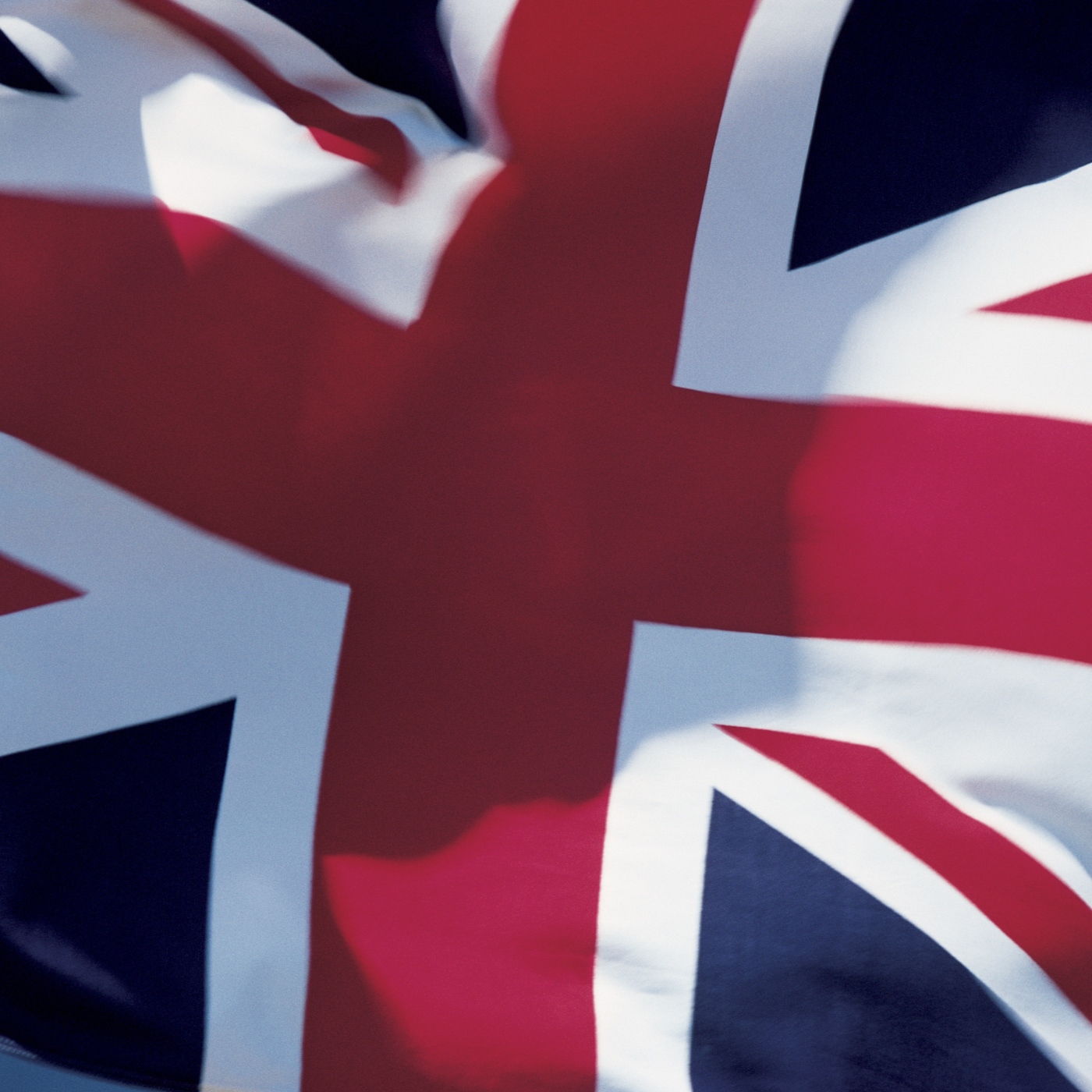Economy
What Bank of England's Rate Cut and Quantitative Easing Really Mean

Published:
Last Updated:

Quantitative easing has begun to be seen as an ugly term. Now the Bank of England has decided to try to fend off more economic weakness, and hopefully avoid a recession. It lowered interest rates for the first time in seven years and has launched bond buying for quantitative easing.
Thursday’s rate cut announcements included the commitment to buy up to 60 billion pounds worth of bonds and notes. What is different here is that they will buy corporate bonds in an effort to drive bank lending. Of the 60 billion pounds for bond buying, some 10 billion pounds is earmarked for investment grade corporate bonds.
The formal rate cut on the overnight lending rate was down to 0.25% from 0.50%. That is weak, but still better than the European Central Bank.
Some of the speech from Bank of England Governor Mark Carney will sound familiar from overseas: being ready for whatever action is necessary. It is identical to Mario Draghi’s “whatever it takes” comment. The Bank of England did acknowledge that it expects Britain’s economy to have very moderate growth for the rest of 2016. Still, they did not think a recession would hit but they communicated that without the bank taking action they would have higher unemployment and even slower economic growth.
The big effort here is to stave off a worse Brexit impact ahead. Sure, the markets have recovered, but there remains an unknown path and timing for the Brexit process. On top of a weak 2016, the United Kingdom’s central bank expects a weak growth target in 20167 as well.
As investors might expect, the pound sterling was down (almost 1%), while bond yields went lower and stocks went up. The central bank’s statement said:
Following the United Kingdom’s vote to leave the European Union, the exchange rate has fallen and the outlook for growth in the short to medium term has weakened markedly. The fall in sterling is likely to push up on CPI inflation in the near term, hastening its return to the 2% target and probably causing it to rise above the target in the latter part of the MPC’s forecast period, before the exchange rate effect dissipates thereafter. In the real economy, although the weaker medium-term outlook for activity largely reflects a downward revision to the economy’s supply capacity, near-term weakness in demand is likely to open up a margin of spare capacity, including an eventual rise in unemployment. Consistent with this, recent surveys of business activity, confidence and optimism suggest that the United Kingdom is likely to see little growth in GDP in the second half of this year.
These developments present a trade-off for the MPC between delivering inflation at the target and stabilising activity around potential. The MPC’s remit requires it to explain how it has balanced that trade-off. Given the extent of the likely weakness in demand relative to supply, the MPC judges it appropriate to provide additional stimulus to the economy, thereby reducing the amount of spare capacity at the cost of a temporary period of above-target inflation. Not only will such action help to eliminate the degree of spare capacity over time, but because a persistent shortfall in aggregate demand would pull down on inflation in the medium term, it should also ensure that inflation does not fall back below the target beyond the forecast horizon. Thus, in tolerating a temporary period of above-target inflation, the Committee expects the eventual return of inflation to the target to be more sustainable.
What may be the most surprising issue of all is that the Bank of England did not talk about a formal recession. Some economists expect that the post-Brexit fallout almost assured a recession later in 2016 or in 2017. That being said, much of the process is unknown, and there really are very few instances that most of us can relate to from any time we were all alive and when the world’s economy was so intertwined.
Stay tuned.
Retirement planning doesn’t have to feel overwhelming. The key is finding expert guidance—and SmartAsset’s simple quiz makes it easier than ever for you to connect with a vetted financial advisor.
Here’s how it works:
Why wait? Start building the retirement you’ve always dreamed of. Click here to get started today!
Thank you for reading! Have some feedback for us?
Contact the 24/7 Wall St. editorial team.